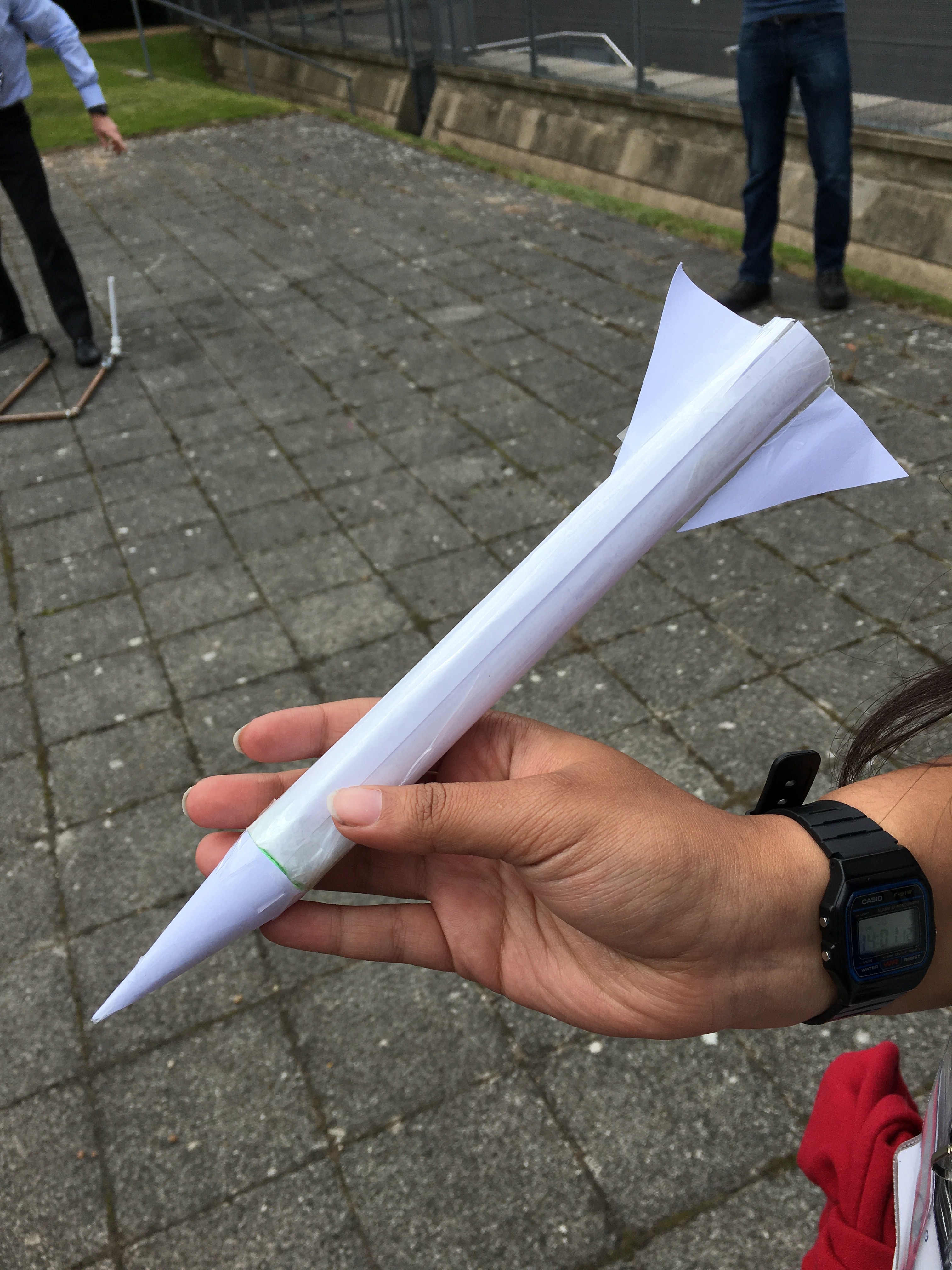Hi Everyone,
Today (yesterday?), I woke up far too early in the morning in order to visit Leicester. Fortunately, everyone else headed there agreed, so I spent the majority of the 2.5 hour bus ride asleep in relative quiet.
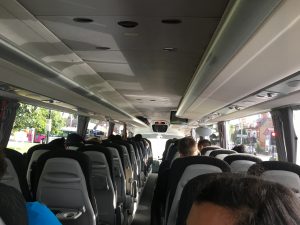
Once we reached our destination, we piled out of the bus and visited the University of Leicester. There, we met an individual (Dr. John Bridges) who recently missed an event with possibly the coolest excuse ever – “Sorry, I can’t go to the movie; I have to watch the Mars Rover”. He described the incredible amount of science in the Curiosity rover, including the wide variety of instruments (from an x-ray spectrometer to a drill), motors, and mechanical engineering to make the rover work.
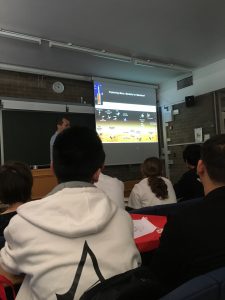
We also heard from Dr. Victoria McCoy, who spoke about her work in protein sequencing life forms preserved in amber. This allows us to track ancestors and descendants of organisms that lives hundreds of millions of years ago. Although Biology is not my forte, it was interesting to learn about the procedures used in tracking the protein sequences. Additionally, she is a fantastic speaker who is very passionate about her work.
Following the University of Leicester, we visited the National Space Centre. There, we built a rocket engine using a water bottle and ethanol, designed and tested our own air-based rockets, and built a comet. My initial rocket team had some creative differences, so we split into two teams – one emphasizing simplicity and weight reduction and the other going for brute strength. As my partner and I had predicted, the finesse approach led to our rocket staying airborne .5 seconds longer than the other group, achieving our objective for the event.
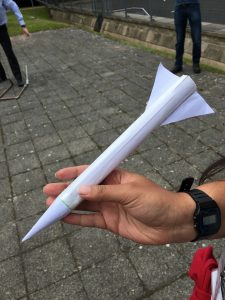
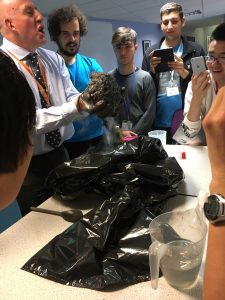
After we’d built the comet, we explored the National Space Centre, admiring its many exhibits. Unfortunately, we only had half an hour, so I failed to visit all of the exhibits I wanted to; I’ll need to return there. However, of those I did see, I found the exhibits on growing plants in space and the effects of space travel on the human body particularly interesting – it must be from all of the biology I’ve been exposed to recently!
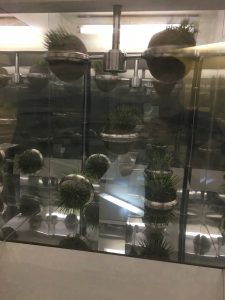
That night, I watched Wicked in the Apollo Theatre. The story and songs were good, but the production quality was truly incredible. The soloists were powerful and emotional, the choreography precise, and the sets believable. Best of all, a massive dragon head hung above the stage, waving around whenever a spell occurred. Despite the nosebleed seats, I’d strongly recommend seeing Wicked.
Instead of taking the Tube back, I joined a small group that strolled across Westminster Bridge, then wandered all of the way home to Imperial College London. An Australian friend and myself embarrassed the rest of the group by performing silly walks across every crosswalk, in honour of the birthplace of the Ministry of Silly Walks.

